‘Mere gol gappe poore do!’ – that was the demand that literally stopped traffic in Vadodara. A woman was upset after receiving only four golgappas instead of six for Rs 20. Then what? She just decided to protest and sat in the middle of a busy road near Surasagar. The vehicles came to a halt as onlookers crowded around due to the unusual scene. The woman kept shouting and crying that she was treated unfairly by the vendor.
While the police eventually intervened, the incident (no matter how bizarre) raises a fun yet intriguing question for food lovers: what is the normal serving size of golgappas and how do their prices vary across India?
Gol gappas are more than just a snack; they are an experience. These crunchy puris with tangy-spicy fillings
and flavoured water continue to delight taste buds from north to south India. So, let’s take a closer look at their regional names, typical servings and flavours.
Gol Gappa, Phuchka, Phulki…Same Snack, Different Names
Across India, the same snack wears different hats. Take a look:
Golgappa in Haryana, Punjab and northern states is made with crisp semolina puris filled with potato, chickpeas, chutneys and tangy-spicy water.
In the Eastern part of the country – West Bengal, Bihar and Jharkhand – the snack is called Phuchka. Just like most of the northern states, these puris are stuffed with a tangy potato-chickpea mixture and sharp tamarind water. But instead of semolina, whole wheat puris are served here.
In Uttar Pradesh, people enjoy Pani ke Batashe.
Known as Gup Chup in Odisha, Chhattisgarh and Hyderabad, it has spicier water that gives each bite a zing.
Phulki in Madhya Pradesh is similar to the northern Golgappa but is made to suit local taste.
Maharashtra’s Pani Puri is often stuffed with white peas or sprouted moong.
In parts of Rajasthan and Gujarat, it is called Pakodi or Padaka, sometimes made with special flours or unique fillings.
How Many Gol Gappas In A Plate? (Spoiler: It Varies)
A typical plate of golgappas (pani puri) usually contains 6 to 8 pieces, which is the standard at most street food stalls across India. Some restaurants or special platters may serve 10 or more pieces, but for regular servings, 6–8 is most common (so maybe the woman had a point, just saying).
Ye Golgappa Kitne Ka? A Look At State-Wise Costs
A regular plate of golgappas usually costs Rs 10–30, depending on the city and vendor, while premium restaurants and tourist spots can charge anywhere from Rs 30 up to Rs 700 for six pieces. Here’s a look at prices at different places:
– In Delhi NCR, Haryana and Punjab, a regular plate usually lands between Rs 50 and Rs 80, depending on the locality and ingredients.
– Over in Mumbai and Pune, you can grab a plate for Rs 40–70, while small roadside stalls may offer it for as low as Rs 30–50.
– Kolkata’s phuchkas go for roughly Rs 30–60, but posh areas might charge a bit more.
– In Lucknow and Varanasi, plates cost anywhere from Rs 20–60, with smaller towns often serving them for less.
– Odisha and Chhattisgarh generally sell 5–8 pieces for Rs 20–50 a plate.
– In Gujarat, a standard serving is around Rs 40–70.
– Madhya Pradesh plates cost between Rs 30–60.
Experimenting Adds Flavours (And A Price Tag Too!)
Flavoured waters like Aam Pani, Anaar Pani, Hing Pani and other fusion options can make a plate of golgappas cost more. In Lucknow, some vendors are known for offering five different flavoured waters, while urban outlets go a step further with gourmet plates priced around Rs 100–200. The higher price comes from using premium ingredients and the extra work needed to prepare multiple fillings and waters. Special or innovative plates also attract more customers, which is why they cost a bit more.
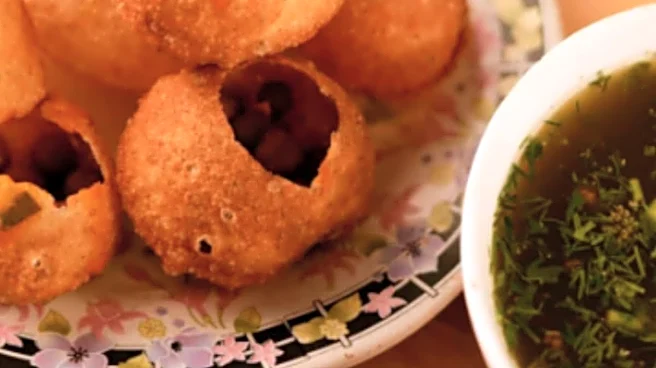

/images/ppid_a911dc6a-image-175809146253539689.webp)
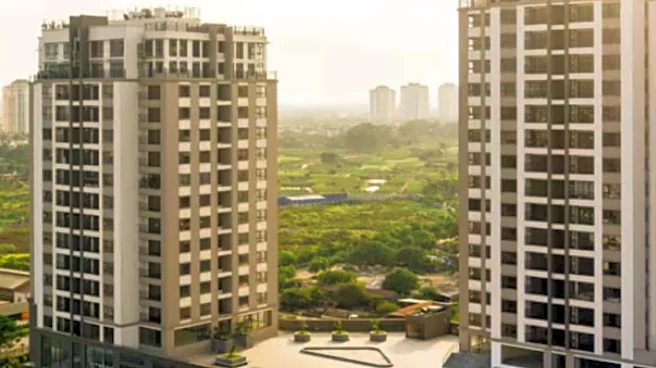

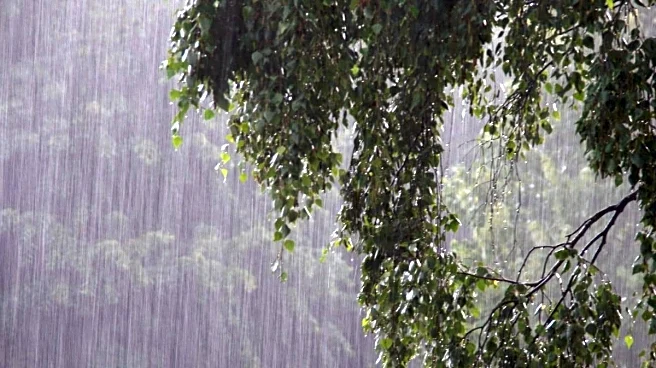
/images/ppid_59c68470-image-175831504618184784.webp)


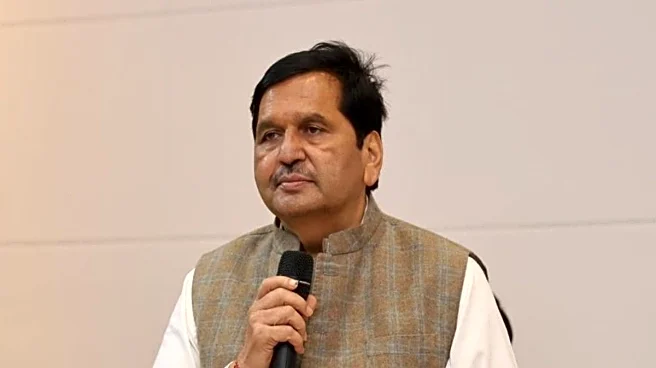
/images/ppid_59c68470-image-17582775450269486.webp)
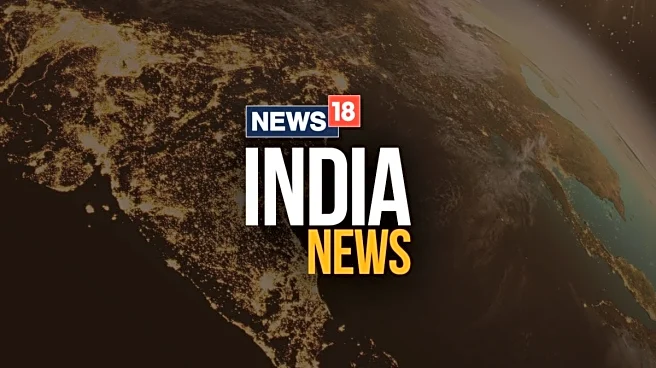
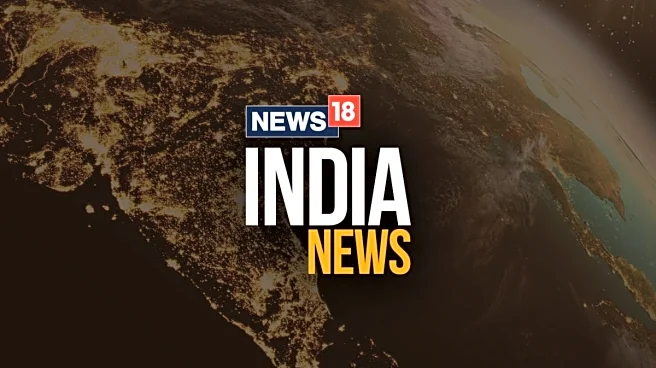

/images/ppid_59c68470-image-175808505795341479.webp)
